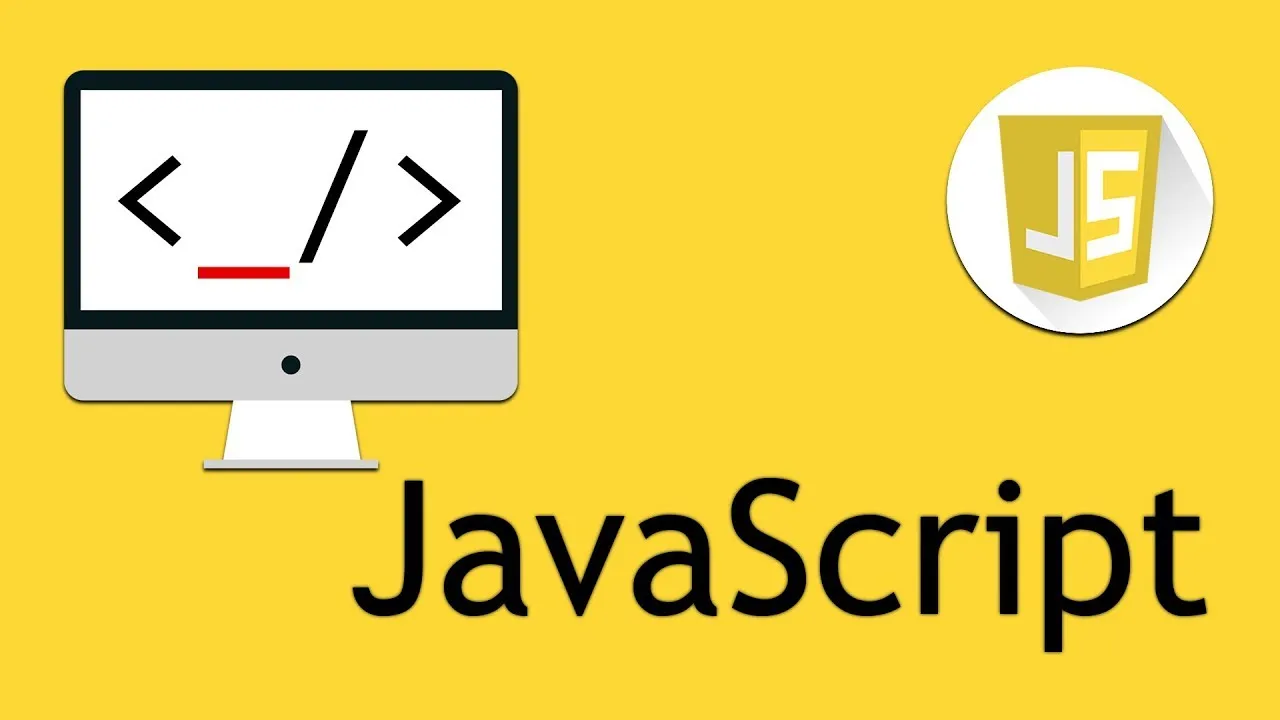Top JavaScript Usage Facts in 2023 For Developers and Not Only
The adaptable programming language JavaScript remains a driving force behind the modern web. As we approach 2023, it is critical to investigate the most recent trends and information concerning JavaScript usage. JavaScript is still a force in the world of web development, because of its extensive acceptance and impact across several sectors. In this post, we will look at the most essential JavaScript use statistics that will affect the technological environment in 2023.
What Exactly Is JavaScript, and How Does It Function?

JavaScript was first restricted to the web browser and only used to generate interactive sites. But now since this language is being used for server-side computing, it is a serious rival to other languages available.
It may be characterized as a text-based programming language used for web page scripting on both the client and server sides. JavaScript is in charge of creating interactive components that keep users interested in online sites, whereas HTML and CSS offer web pages structure and appearance. That’s not all, though.
JavaScript enables users to build cutting-edge online apps for immediate interaction without often refreshing the page. Through the DOM API, developers frequently utilize JavaScript to dynamically edit HTML and CSS and refresh the user experience. It serves many more purposes in addition to working in browsers. A handful of them will be covered here.
Key JavaScript Facts for 2023
Constant Presence
In the world of web development, JavaScript is the most widely used language. It was calculated that 97% of websites used JavaScript in some capacity as of 2021. This fact demonstrates the language’s widespread use and emphasizes how important a part it played in creating the contemporary web. This programming language and JavaScript development services give developers the tools they need to make strong and exciting online experiences, whether they’re adding interaction, dynamic content, or complicated functionality.
JavaScript Was Possibly Named After Java
Even though JavaScript is frequently seen as a completely distinct language from Java, this wasn’t always the case. The ability to access advanced Java code without having to install an application was formerly supported for running Java applets in the browser. Given this, it made logical for JavaScript’s creators to take advantage of Java’s widespread use and capitalize on its proven success.
JavaScript Is In Charge of Web2, the Forerunner To Web3
Perhaps you’ve heard of Web3, the notion of a class of distributed web apps powered by blockchain that will rule the world. Regardless of whether you think this technology will change the world, it’s essential to understand that Web2 is just bidirectional site communication. In essence, this refers to websites and applications that may exchange data back and forth with a server and possibly across other websites. Of course, “Ajax” queries in JavaScript are to blame for the pattern’s widespread use.
Dominance of Front-End Development

The preferred language for front-end development has long been JavaScript, and this trend is expected to persist through 2023. It serves as the foundation for contemporary front-end frameworks and libraries like React, Angular, and Vue.js, allowing programmers to create responsive and interactive user interfaces. The popularity of single-page apps and the rising need for frictionless user experiences haven’t slowed JavaScript’s supremacy in front-end development.
Node.js Server-Side Applications
Even while JavaScript is well known for its front-end features, it has made tremendous progress in server-side programming as well. Server-side programming has been transformed by Node.js, a JavaScript runtime built on Chrome’s V8 engine. Node.js’s event-driven, non-blocking design enables programmers to create web apps that are fast and scalable. Due to this feature, JavaScript has developed into a full-stack language, allowing programmers to utilize it for both client-side and server-side programming.
Embedded Systems and IoT
The impact of JavaScript has grown beyond conventional web and mobile apps. JavaScript has also entered this field with the rise of Internet of Things (IoT) devices and embedded systems. Using platforms like Espruino and frameworks like Johnny-Five, developers may create JavaScript code to communicate and control IoT devices. This fact gives JavaScript developers additional opportunities to investigate and make contributions to the fascinating world of linked gadgets and smart technologies.
Conclusion
We may draw the conclusion that JavaScript is a robust programming language that enables programmers to swiftly and easily design complex online apps.
It also has a major influence on the performance, functionality, and speed of programs. To ensure that their online apps deliver the greatest user experience across a range of devices, browsers, and operating systems, developers now frequently employ JavaScript and the required libraries.